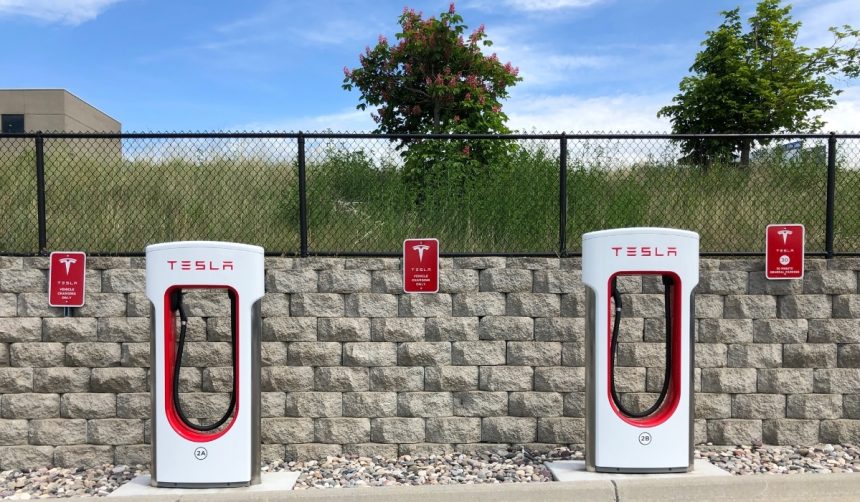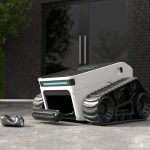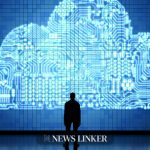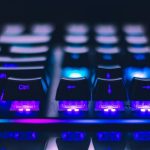Tesla‘s release of Full Self-Driving (FSD) v14.1 offers drivers an updated experience with several new practical features, aiming to make every day driving more seamless. Many Tesla owners have anticipated improvements such as enhanced parking choices, speed profiles, and the ability to handle complex traffic scenarios. This update positions FSD closer to meeting expectations for automated city driving, but still highlights areas where further refinement is necessary.
Earlier information about FSD versions emphasized incremental progress in parking automation and speed management, yet some users continued to report inconsistency in navigation and difficulty managing real-world intersections. With the latest update, Tesla introduces more granular control over parking preferences—options now include street, driveway, parking lot, parking garage, and curbside parking. The ability to identify and yield for emergency vehicles has also been added, suggesting more awareness of on-road hazards. The vision-based neural network, newly integrated with navigation and routing data, addresses previous complaints about detours and blocked roads in real time, offering drivers more reliable rerouting options. These steps substantially refine what was offered in versions like v13.2.9, although time will tell how drivers react to the long-term effects of these changes.
How Has Full Self-Driving Improved Parking and Arrival Options?
With version 14.1, FSD can now autonomously select from various arrival locations, such as parking garages or designated Superchargers, depending on the user’s chosen destination. This update grants cars more discretion in busy environments, including the capability to select appropriate parking spots in congested areas and back into charging stalls unaided. According to Tesla,
“Added Arrival Options for you to select where FSD should park: in a Parking Lot, on the Street, in a Driveway, in a Parking Garage, or at the Curbside.”
The company also indicates that FSD is increasingly successful at maneuvering through complex retail and grocery store lots by safely circumnavigating obstacles like pedestrians and shopping carts.
What New Safety Measures and Driving Adjustments Are Included?
Among the most notable additions is FSD’s ability to detect and respond to emergency vehicles by pulling over or yielding as needed. The system further improves offsetting for debris in the road and has been tuned to better handle unprotected turns, school buses, and sudden lane changes. Tesla incorporated new customizable speed profiles, aiming to provide a more human-like driving pace. As part of the safety measures, alerts now advise users when windshield residue might obstruct the camera’s vision. Tesla commented,
“Added handling to pull over or yield for emergency vehicles (e.g. police cars, fire trucks, ambulances).”
Are Any Navigation or Operational Issues Still Present?
Despite a marked reduction in hesitation and more decisive actions in parking environments, reports suggest navigation can still produce odd route choices and unclear maneuvers—such as unexpected right turns or illogical departures from known locations. While these missteps are less frequent than before, they can still interrupt automated driving, requiring human intervention to resume the route. In intersection scenarios, the car sometimes chooses conservative actions (like backing up at a traffic light) where human drivers might proceed, reflecting the challenge of encoding subjective driving judgment. Bug fixes and continued learning at scale will be critical for future releases to reduce these inconsistencies further.
Tesla’s FSD v14.1 marks a significant iteration in the company’s pursuit of more intelligent driver assistance, especially in terms of automating nuanced driving dynamics in public parking lots and reacting to emergent hazards. Compared to its predecessor, this version demonstrates a notable advancement in both decision-making and route flexibility, leveraging recent progress in neural network integration with real-time navigation. However, users should remain mindful of the fact that, while promising, FSD is not immune to operational hitches—occasional navigation errors and situational misjudgments still surface. For Tesla owners considering adoption or an upgrade, staying alert and ready to intervene will continue to be important, while also benefitting from the added convenience as the software matures. Motorists interested in self-driving advancements may find value in evaluating how FSD’s real-world performance aligns with their routine travel demands, especially in urban and commercial settings where parking and route unpredictability are common.










